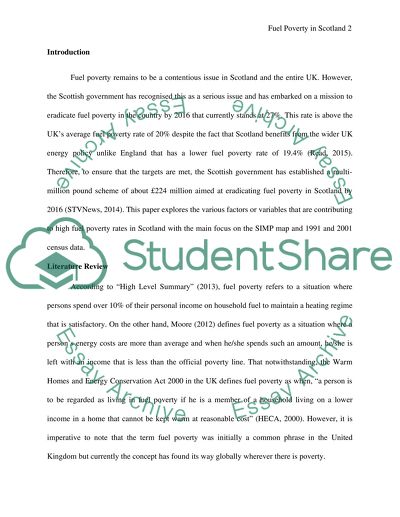Cite this document
(“Fuel Poverty in Scotland Essay Example | Topics and Well Written Essays - 1750 words”, n.d.)
Fuel Poverty in Scotland Essay Example | Topics and Well Written Essays - 1750 words. Retrieved from https://studentshare.org/environmental-studies/1674129-indicators-of-fuel-poverty
Fuel Poverty in Scotland Essay Example | Topics and Well Written Essays - 1750 words. Retrieved from https://studentshare.org/environmental-studies/1674129-indicators-of-fuel-poverty
(Fuel Poverty in Scotland Essay Example | Topics and Well Written Essays - 1750 Words)
Fuel Poverty in Scotland Essay Example | Topics and Well Written Essays - 1750 Words. https://studentshare.org/environmental-studies/1674129-indicators-of-fuel-poverty.
Fuel Poverty in Scotland Essay Example | Topics and Well Written Essays - 1750 Words. https://studentshare.org/environmental-studies/1674129-indicators-of-fuel-poverty.
“Fuel Poverty in Scotland Essay Example | Topics and Well Written Essays - 1750 Words”, n.d. https://studentshare.org/environmental-studies/1674129-indicators-of-fuel-poverty.


